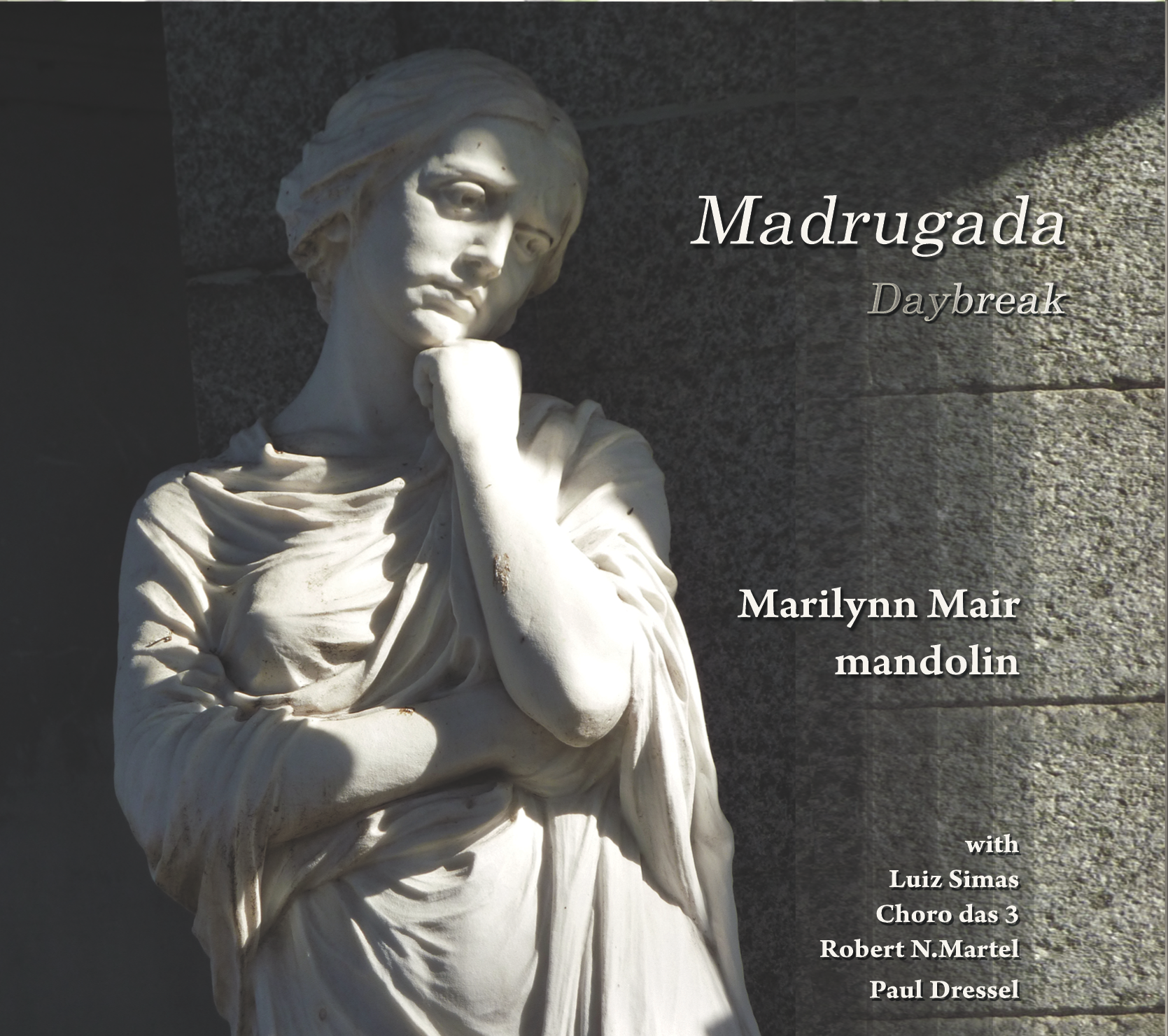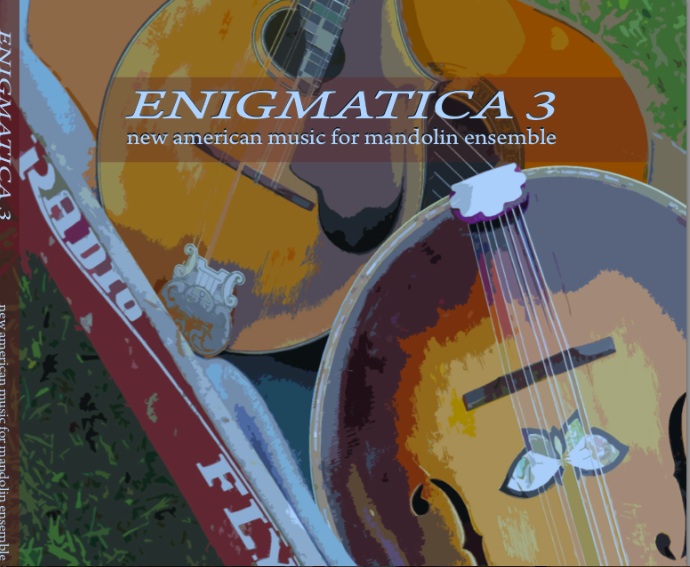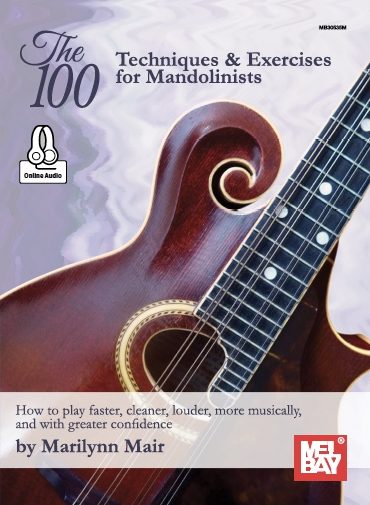based on an article that originally appeared in “Mandolin Magazine,” Simmer 2001.
A piece of written music, until it’s played, is like a beautiful piece of fabric folded on a shelf. It needs an artist to unfold it and arrange its beauty for others to appreciate. As a performer you are responsible for shaping each piece of music you play. You can create a masterpiece in sound, with the help of a gifted composer, or cut the composition’s potential beauty to shreds by your interpretation. Performance is all about unlocking potential — yours, your instrument’s, and the music’s.
Beyond learning to play the notes on the page, you have to consider the shape you, as the performer, can give to a piece of music. Your presentation reconstitutes the black spots on the page, notes carefully and lovingly conceived, and you owe it to your music to first learn the lessons it has to teach. But, like a good photographer, you also have to find the angle, the lighting, the nuance that will render your particular depiction a work of art, and not merely a snapshot. Good performance is all about shape and planning.
There are many aspects to consider in approaching the architecture of performance. First, there is the inherent structure of the piece itself. Sonata form, rondo, da capo, through composed — each form requires that it be recognized and its shape acknowledged in the performance. But as a performer, you are the one primarily responsible for giving voice to the song. You need to consider how you and your mandolin shape the musical notes the composer has put on the page. Too often a student thinks the task is complete when the notes are learned. But that, for a performer, is only the beginning. The unfolding of the musical line, the shaping of each phrase, the ending of each note, these are components you need to consider to give your musical performance the shape it needs to inspire.
The most obvious place to start thinking about shaping your performance is with your use of dynamics. Usually it’s not hard to figure out what to do, because dynamics are actually written on the musical score. The composer has decided that a particular phrase should be played louder or softer, or that a crescendo or decrescendo is needed, and you would be wise to heed the request. The mandolin is a relatively soft instrument, however, and so there is a tendency is to play music written “piano” or “mezzo-piano” at a “mezzo-forte” or “forte” level. But you are doing a disservice to the music and your instrument’s dynamic range to push your soft levels louder. If you can learn to create a solid “piano,” not wishy-washy, but gentle and secure in its quietness, you give yourself a broader sonic palette and double your dynamic range. Likewise, if you distinguish noticeably between your “forte” and “fortissimo,” saving the later for moments of intense dramatic climax, you give your instrument the chance to surprise your audience with its power and strength.
Don’t build a crescendo too quickly; be sure you have something left to emphasize your arrival at the higher dynamic level. You can check how well you are using your instrument’s dynamic range by recording your performance and listening back to it, score in hand. Do you really follow the composer’s indicated dynamics, or have you simplified and flattened them out? To establish familiarity with your potential dynamic range, try changing dynamics gradually while practicing exercises, or alternating measures of loud and soft playing, trying to increase the sonic distance between the two.
As a performer of classical music, it’s really crucial for your interpretive potential to develop your sonic palette, and an ear to recognize if you’re using it correctly. Otherwise you run the risk of under-utilizing one of the easiest and most dramatic aspects of artistic interpretation at your disposal. Varying your phrasing to allow the music to breathe, is another tool you can employ to shape a successful performance. This concept of phrasing comes to us naturally when we speak or sing. We accent certain syllables or notes, and arrange our words so we complete a thought or a line before our breath ends.
The woodwind and bowed string instruments have similar limitations of phrase length, and figuring out breathing or bowing patterns is an important aspect of working out their musical performance. But the staccato pick-based nature of mandolin technique lacks both inducements to legato connections and specific movements to define the end of a phrase. It is important for a mandolinist to realize this, and learn to create similar nuances of attack to accentuate the music’s most natural phrasing. Swelling the dynamics of a phrase, breaking your tremolo between phrases, and determining which notes belong together and should be played with the illusion of being in the same breath or on the same bow, are all-important aspects of mandolin interpretation. And where do you begin to determine the best phrasing? Simply sing your line and listen to what your voice does naturally. Observe your innate vocal phrasing and duplicate it on your instrument. This will give you a basic template that you can modify as your interpretation becomes more sophisticated.
Another idea to incorporate into your shaping of a piece is the concept that all notes have an end as well as a beginning. The ending of a note determines whether it is staccato or legato, and whether it is connected in a phrase to the note it follows. Many mandolinists cease to listen to a note after they play it, and this can easily lead to a monotonous detached interpretation. Try holding the fingers of your left hand down as long as possible to create a legato feel. End your notes abruptly or part way through their duration to create either a dramatic attack or a more subtle semi-detached sound. Notes all end, and considering exactly how is one of the most overlooked and subtle ways to create shape in music.
And now that you’ve got all the details planned out, take a look back at the time signature, to be sure you aren’t over-accenting the beat. A measure of 2/4 should have one accent, not two, and a measure of 4/4 should have two accents. A measure of 3/4 has three beats, but a measure of 3/8 has only one. Subdividing your beat unconsciously can lead to over-accenting,which makes your interpretation sound heavier than it should. A light graceful touch is needed to keep the music moving forward in a way that engages the audience and keeps them listening with interest.
So look beyond the notes in shaping your performance, and you will be rewarded with a whole now sonic experience. I’ve included Bach’s “Musette” to accompany this article, with some phrasing suggestions for you to try, to open your ears to the interpretative potentials available to you. There are certainly other possible ways of playing this piece, but trying these suggestions should aid your awareness of the effects that subtle manipulation of your pick and left-hand coordination can have on your artistic potential.
Download a pdf of the sheetmusic associated with this article: Musette




